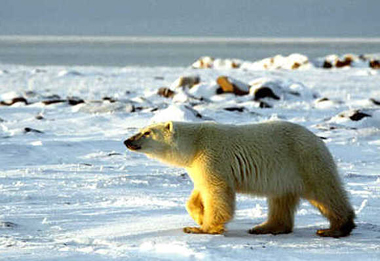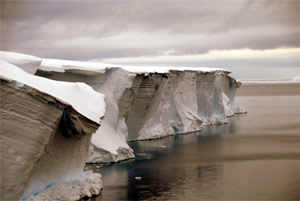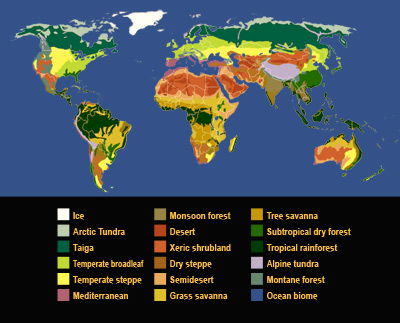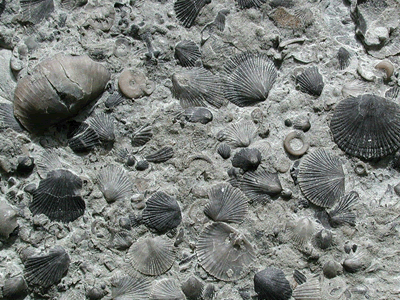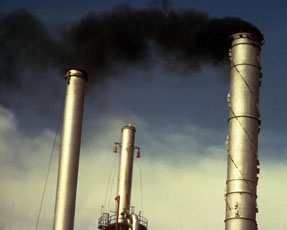Click on image for full size
US Minerals Management Service, Alaska Region
Related links:
Global Warming: Scientists Say Earth Is Heating Up
Read the IPCC Impacts, Adaptation and Vulnerability Report (Working Group II)
IPCC Frequently Asked Questions about Climate Change
Greenland’s Ice Is Melting Faster
How Many Species Have There Been on Earth?
Changing Planet: Adaptation of Species VIdeo and Classroom Activity
Climate Change Impacts, Adaptation and Vulnerability - Present and Future
A new report shares what we know about how people and natural ecosystems are changing because of climate change and how they will be affected by warming in the future. In earlier report, released in February, summarizes the physical science basis for climate change.
The new report is called Climate Change 2007: Climate Change Impacts, Adaptation and Vulnerability. It was written by a large group of scientists from around the world. They were brought together by the United Nations to tell people what we know about the climate change and how the planet is changing. The group of scientists is called the Intergovernmental Panel on Climate Change (IPCC). Here are a few of the things they had to share.
Natural environments on all continents and in most of the world’s oceans are already affected by the changing climate. The snow and ice in the polar regions is melting. Water in rivers, lakes and oceans is getting warmer and this affects the animals and plants that live there. On land, the plants, animals, and other living things of ecosystems have been affected by warming temperatures. Warmer temperatures have caused changes for farmers too. They plant their crops on different earlier in the spring than they used to and are more concerned about wildfires and pests. Human health has been affected as warming increases dangerous heat waves and causes changes to the amount of pollen and the spread of diseases.
In the future, according to the report, there will be more freshwater in polar regions and in tropical rainforest environments. However there will be less freshwater in places where water is already in short supply. Areas that are affected by drought, such as southern and northern Africa, will probably have more droughts. Flooding will be more common in places that are already prone to flooding.
Within this century climate change and other global changes such as change in land use and pollution will be too much for many ecosystems to handle. They will not be able to adapt. Twenty to thirty percent of plant and animal species will become extinct if global average temperatures increase 1.5 – 2.5°C, which is within the range estimated by computer models for 21st Century.


